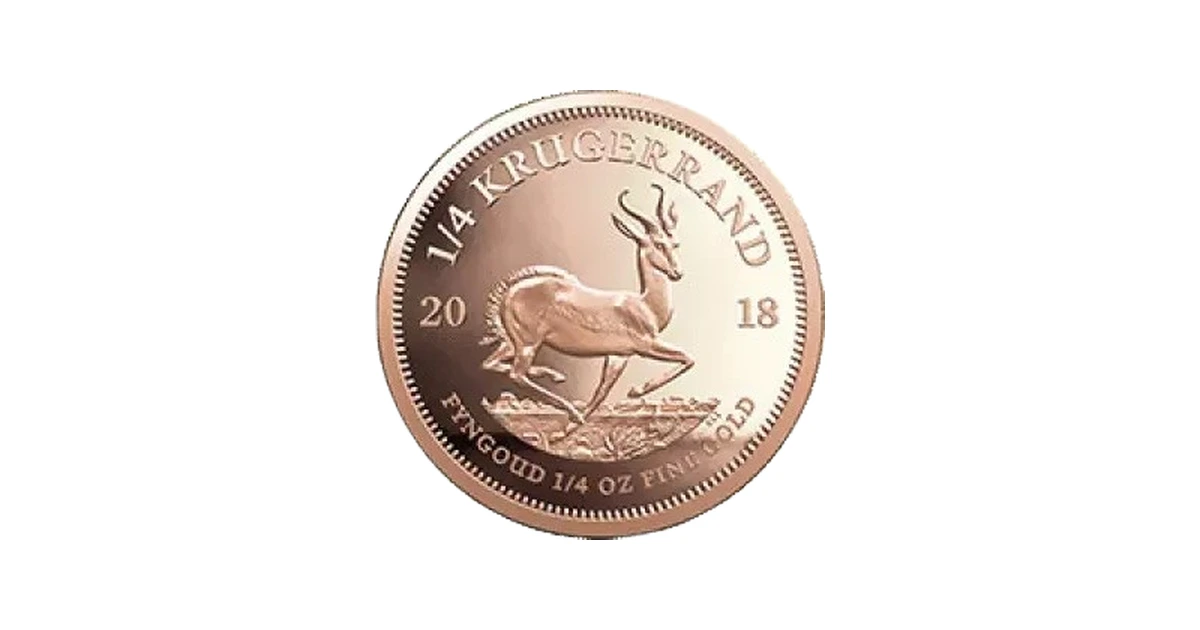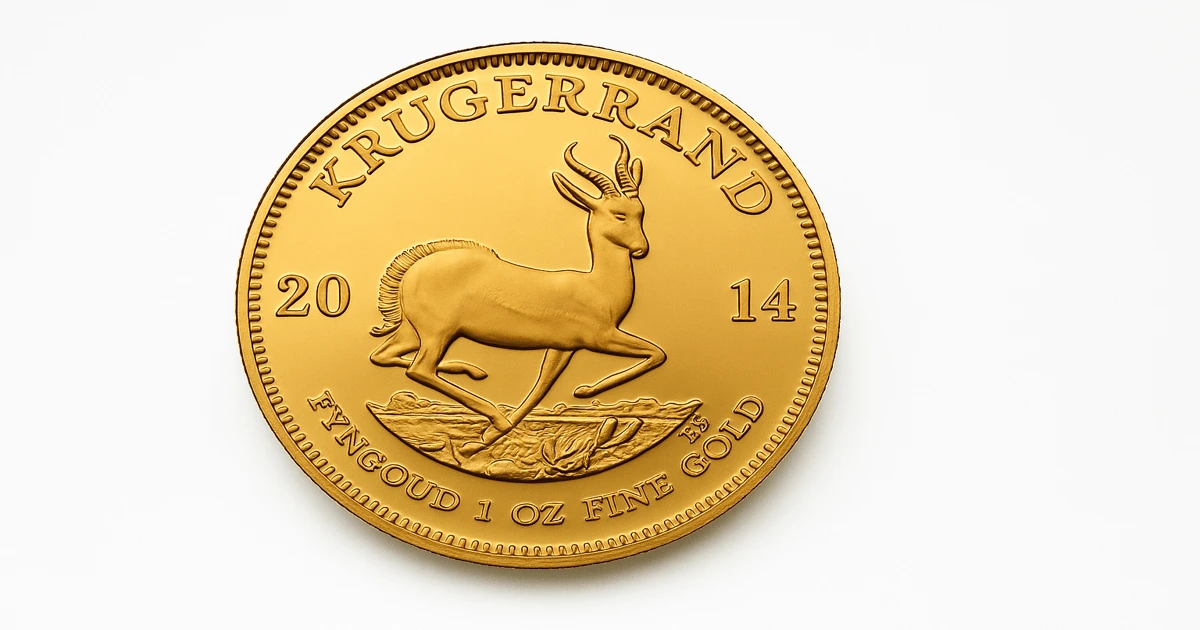
By Dan Barrett
The robust state of the U.S. labor market appears to have made minimal impact on gold prices, as they remain relatively stable in the face of encouraging employment data. The latest report from the U.S. Labor Department reveals a noteworthy decline in the number of initial unemployment benefit applications, reaching the lowest point since late March.
On Thursday, the Labor Department announced that weekly jobless claims decreased by 13,000 to 198,000 for the week ending October 14, marking a drop from the previous week’s revised figure of 211,000 claims.
This labor market data surpassed expectations, as economists had anticipated jobless claims to plateau around 210,000. Tighter labor markets mean that the Fed is unlikely to start cutting interest rates, which would likely mean gold should remain under pressure on this front. Of course, the Israeli – Hamas war has over-shadowed some of the economic data giving gold a solid underpinning. Gold had one of its biggest one day moves last week when it climbed by over $60 per troy ounce. December gold futures were last quoted at $1,965.50 per ounce, marking a slight 0.14% decline for the day.
The four-week moving average for new claims, often regarded as a more reliable indicator due to its smoothing of week-to-week fluctuations, inched down to 205,750—a reduction of 1,000 claims compared to the previous week’s adjusted average.
Nonetheless, while fewer Americans are losing their jobs, those already unemployed face challenges in securing new positions.
Continuing jobless claims, representing the number of individuals currently receiving benefits, stood at 1.734 million for the week ending October 7, marking an increase of 29,000 compared to the prior week’s adjusted figure of 1.697 million.
For some economists, the recent economic data may appear unfavorable for gold since it aligns with the Federal Reserve’s determined stance on maintaining interest rates at restrictive levels for the foreseeable future.
The U.S. central bank has consistently emphasized the need for a labor market with more slack before considering any policy adjustments.
However, many analysts point out that growing geopolitical uncertainties, coupled with two major conflicts and the looming threat of a global recession, continue to drive demand for gold as a safe haven.
Some experts also argue that the rising expectations of inflation further underpin gold’s appeal, especially as increasing bond yields may indicate the Federal Reserve’s struggle to manage consumer prices effectively.
Ole Hansen, Head of Commodity Strategy at Saxo Bank, commented on social media, stating, “The U.S. 5yr5yr #inflation swap, currently at 2.82%, is displaying signs of sustained structural inflation as it approaches its highest weekly closing level since 2014.” That tells us that the markets don't think the Fed will be as successful at taming inflation as much as they think.
Dan Barrett is the Chairman of Pacific Precious Metals and the Founder of the Aureus Point-of-Sale system, a software platform made for bullion and coin dealers. He has been investing in physical gold and silver for over 15 years. His prior experience includes being an Analyst for a variety of Banks and Hedge Funds.







